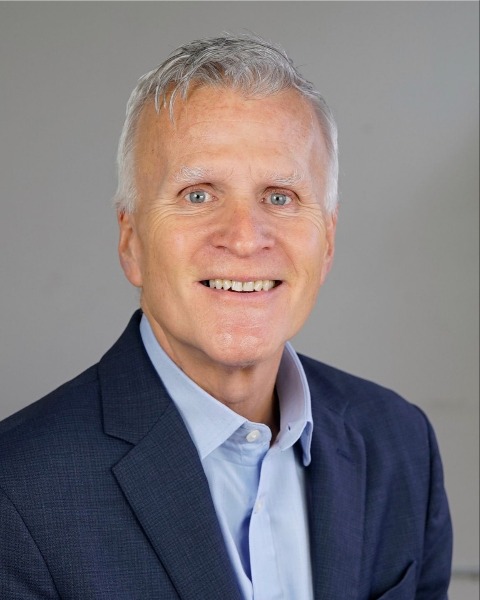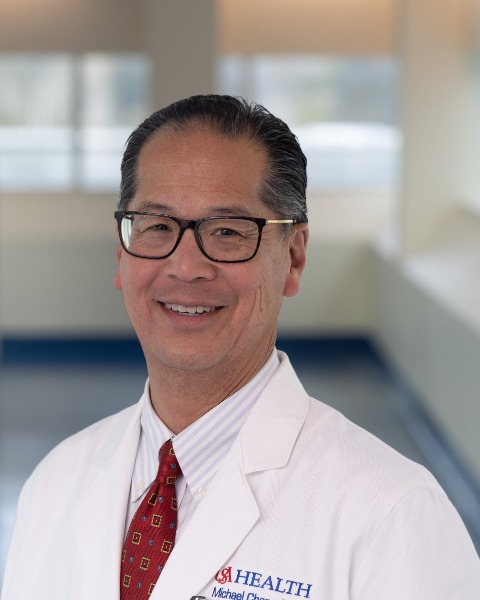Care Transformation
The 360° Provider View: Driving Safety and Excellence with Connected Technology
When a sports team wants to improve, it starts by objectively analyzing player performance—identifying strengths, weaknesses and opportunities for growth. The same principles can be applied to healthcare, where understanding provider performance is critical to ensuring the delivery of safe, high-quality care. However, many health systems still lack the objective systemwide data necessary to accurately assess provider performance. This limited visibility makes it difficult to identify improvement opportunities, recognize excellence or address patterns that could compromise patient safety. To drive meaningful change, organizations must implement technologies that break down data silos and surface the insights needed to take timely, informed action.
This is the exact journey the University of South Alabama Health System (USA Health) embarked on when it sought to strengthen its culture of safety and reduce care variability across the entire organization. With two traditional academic hospitals and a community hospital under one system, USA Health had two separate medical staffs with different structures, processes, cultures and methods for measuring quality and safety. Consequently, the health system strategically looked to technology to objectively evaluate provider performance, enabling the development of standardized processes that unify practices, transform culture and provide insight into the entire spectrum of quality and safety. By showcasing USA Health’s success on this journey, this session will demonstrate how health systems can leverage technology to gain a 360-degree view of provider performance to support a just culture—one that prioritizes learning and continuous improvement over fear and criticism.
Through comprehensive and objective data, hospital and health system leaders can uncover both opportunities for growth and examples of excellence, empowering clinicians to see performance evaluation not as a judgment, but as a shared pathway to delivering consistent, safer, higher-quality care. The session will further explore how health systems can operationalize this data across the full provider spectrum—from nurse practitioners to physicians and beyond—through several lenses, including quality and safety, patient-centricity, citizenship and productivity. These data-driven insights can enable health systems to achieve one unified goal, develop strategies that take variability out of care and advance a long-lasting culture of safety throughout the system.
Learning Objectives:
- Define key areas for objective measurement of provider performance, and explain how technology can unify provider performance data across domains such as quality, safety, patient experience and productivity to drive the pursuit of provider excellence and zero preventable harm.
- Identify strategies for applying data-driven insights to reduce care variability, standardize clinical processes and support a culture of safety throughout the organization.

Timothy B. McDonald, MD, JD
Chief Patient Safety & Risk Officer
RLDatix
Michael Chang, MD, FACS
Chief Physician Executive
USA Health
